Table of Contents
Creating real workplace inclusivity is so much more than slapping a DEI statement on your website, incorporating inclusive stock photos, or inserting a few inclusivity afterthoughts into your employee handbook. While these aren’t inherently bad things, they bear little weight on their own—especially when they remain general sentiments of diversity, equity, and inclusion.
DEI initiatives only have substance when they are specific enough to involve actionable efforts—when they answer how are we trying to create diversity, equity, and inclusion, who are we trying to create equitable pathways for, and how are we making our team diverse?
Just like any other decision in operating your business, DEI initiatives have to be taken with specific objectives in mind. While there is bound to be a mounting culture of workplace inclusivity and a framework for this kind of equitable expansion as you pursue any kind of inclusivity, DEI initiatives for racial equity, for example, look different than those pursuing transgender inclusion, look different than those aimed at neuro-inclusivity.
Diversity, equity, and inclusion are important in so many different ways, and to talk about them with meaning, we have to talk specifically. Today, we are talking about creating workplace inclusivity for neurodiverse people.

What is Neurodiversity?
Neurodiversity is a term coined by Judy Singer who advocated for recognizing neurological differences as valuable aspects of human diversity, rather than pathologizing them and pushing neurodivergent people into the margins of society. This idea has gained leverage as a means of group identity and advocacy for people whose brains are different from neurotypical brains, including but not limited to people with Autism Spectrum Disorder (ASD), Asperberger syndrome (AS), Attention Deficit Hyperactivity Disorder (ADHD), or Dyslexia, for example.
Neurodiversity isn’t confined to a specific set of conditions; it encompasses a spectrum of cognitive differences that span across individuals, each possessing their own unique strengths, challenges, and modes of thinking.
Traditional workplace structures often fall into linear thinking and rigid methods of operation that favor exclusively neurotypical minds. In challenging our methods of communicating and operating, we can start cultivating workplace inclusivity that supports rather than discourages neurodiversity in the workplace.
How Does Neurodiversity Benefit the Workplace?
As business owners, it is our responsibility to facilitate workplace inclusivity and actively pursue diversity on our team. And of course, one inadvertent benefit of this is that our teams become stronger, the work becomes better, and our business operates from more expansive perspectives and more diverse consumer insights.
A team of neurodiverse minds is a team with a diversity of thought, communication strengths, and problem-solving capabilities, which will challenge your business to develop more malleable and agile internal operations and promote more inclusive and effective market engagement.
By recognizing and accommodating diverse cognitive styles, your business can both improve its workplace inclusivity and unlock the full potential of its workforce, leading to increased creativity, productivity, and adaptability.


How to Create an Inclusive Working Environment for a Neurodiverse Team
Like any significant cultural shift, cultivating a neuro-inclusive working environment isn’t going to happen overnight, and it isn’t going to be the byproduct of any one initiative. Workplace inclusivity requires a broader shift in mentality, a willingness to adapt, and a holistic reconsideration of your internal systems and operations.
But just like any big-picture goal, it is impossible to realize without intentional processes aimed at getting you there. And this is how SOPs can support your efforts. SOPs, or standard operating procedures, are the tools we use to break down and define the processes and smaller objectives that generate our big-picture goals.
And just like these tools can help you actualize and achieve efficiency, productivity, and revenue goals, so can they help you actualize and achieve workplace inclusivity.

5 Objectives for Cultivating Neurodiversity in the Workplace and The Role of SOPs
As most of us have experienced firsthand at some point in our working lives, SOPs can be useless, directionless wastes of time. That’s the case when they are written either without a strategic purpose or with the intention of limiting creativity and innovation, rather than providing the foundation for it.
When SOPs are written with a focus on individual empowerment and team collaboration, they become legitimate tools for growth and improvement. With that, I’m going to walk through five objectives in creating workplace inclusivity for neurodiverse people and how SOPs can provide the structural framework for each.
1. Facilitating Individual Learning and Working Styles
The core of cultivating workplace inclusivity for a neurodiverse team is embracing the innate neurological differences that exist from individual to individual—and about creating processes that don’t favor one way of being over the other. Some people work best with lots of detailed instruction; others perform best with simply a goal and a set of expectations.
When processes are well-documented through SOPs—delineating goals, expectations, and process steps—you enable employees to access the information they need to perform at their best. SOPs allow you to simultaneously provide context for those who thrive off of the big picture and highlight a finite series of tasks for those who prefer detailed project pathways.
When employees have the resources to learn about and do their work in the manner that suits their unique set of cognitive strengths, they can perform at their best and most effectively contribute as a part of your team.
2. Providing Diverse Modalities of Learning
Supporting workplace inclusivity involves acknowledging that different individuals process information differently. Some people learn best through visual aids, like flow charts and infographics, while others benefit from written instructions, and others prefer audio explanations.
By intentionally creating SOPs that offer multiple modes of communication—a Loom tutorial, coupled with a written summary and a list of instructions, for example—you create a resource that caters to a variety of learners and supports workplace inclusivity. Even if you’re not creating this multimodality instruction for every project, by creating the framework for it, you ready yourself to delegate with the unique needs of your team member in mind every time.
3. Enhancing Communication and Clarity
There will always be different styles of communication in the workplace and especially when you have a neurodiverse team. By prioritizing clear and thorough communication, you can accommodate and embrace these different communication styles as a strength.
By providing consistent, reliable process information, SOPs set the stage for project communication and normalize continuous learning in the workplace. In addition to reducing the likelihood of misunderstandings, clearly outlined instructions and expectations serve as a reliable point of reference, promoting security and reduced anxiety in the workplace. This can be especially important for neurodivergent employees.
4. Promoting Innovation and Problem-Solving
A tool in knowledge sharing, SOPs make project information, business strategies, and best practices available to the whole team. They are living resources that evolve as your processes evolve, and your processes evolve as your team uses and improves them.
By inviting team members to engage with these collaborative resources, you invite them to contribute their feedback to the processes themselves. Not only does this support neuro-inclusive collaboration, but these resources initiate the most important aspect of creating workplace inclusivity for neurodiverse team members: asking them how you can best support them in the workplace.

By facilitating feedback in this way, SOPs also enrich the collective intelligence of the team by eliciting unique perspectives and diverse approaches to challenges, which can lead to groundbreaking solutions and continuously improving processes.
5. Attracting and Retaining Diverse Talent
When created with versatility and sustainability in mind, SOPs can easily double as onboarding tools. By prioritizing individuality and accessibility right from the beginning, you can both support a more positive and efficient onboarding process—a common challenge among neurodivergent people—and communicate respect and security that make your workplace a safe one to invest in.
Not only does this support your employee retention to reduce costly turnover rates, but it strengthens hiring pathways for neurodivergent people who have been gatekept by stringent hiring and training processes.




